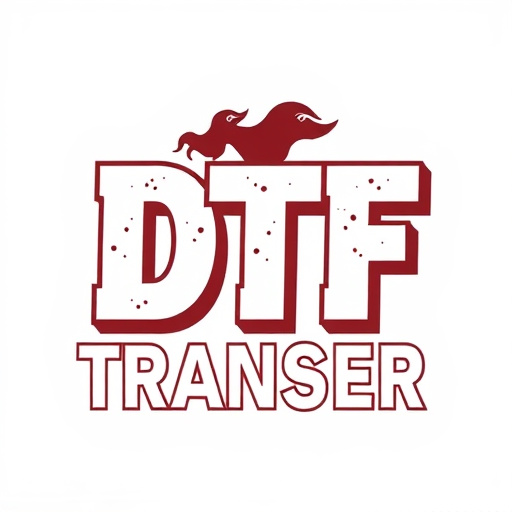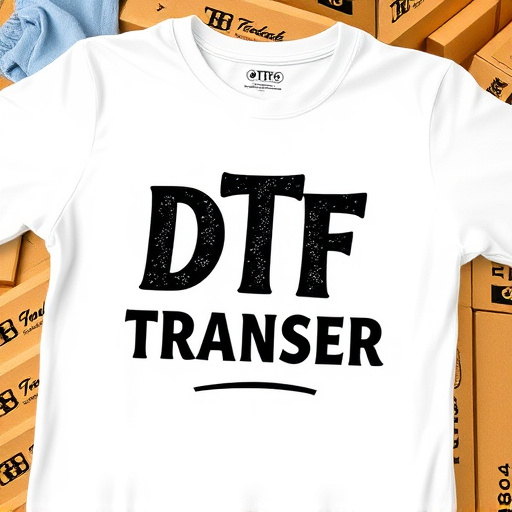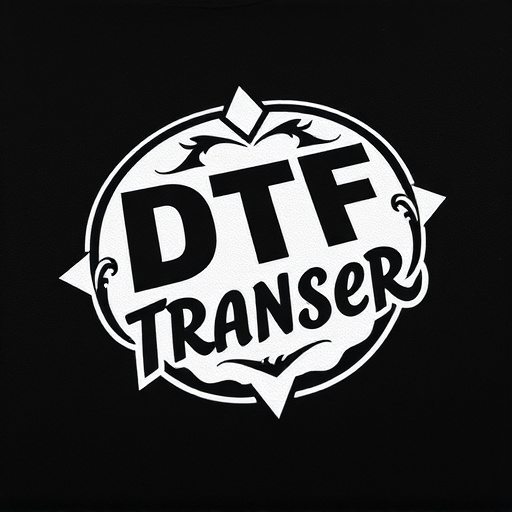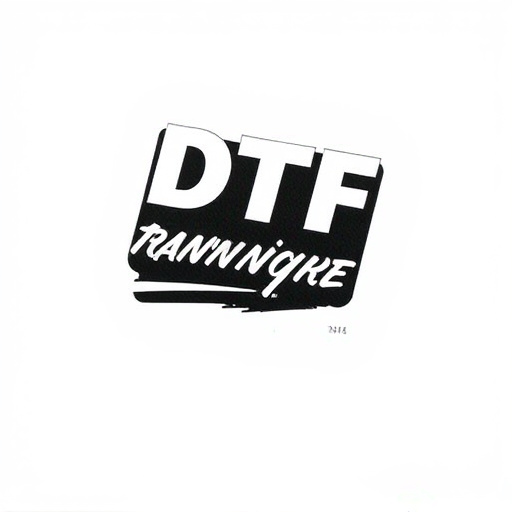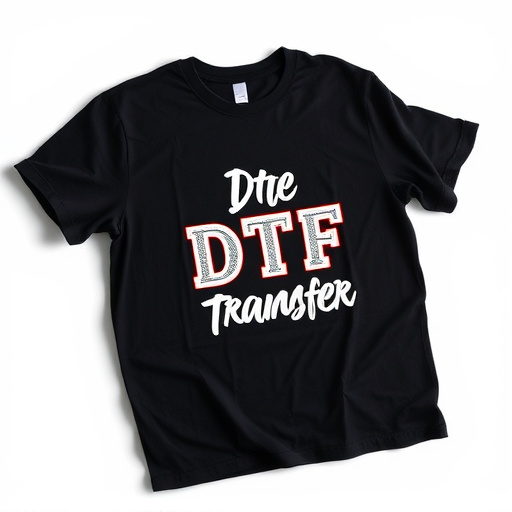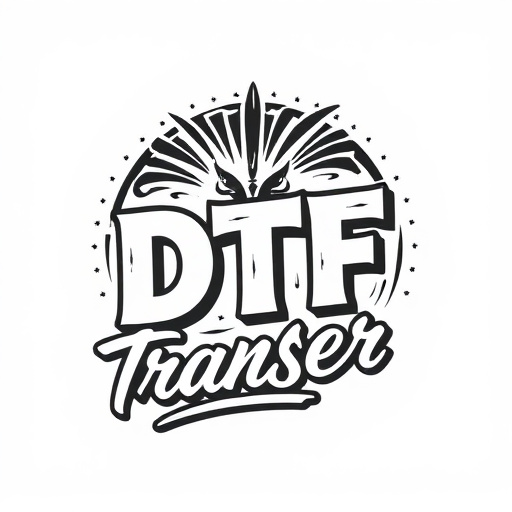Direct-to-Film (DTF) transfers have transformed fabric printing with high-quality, vibrant prints and precise color accuracy. The process uses CMYK layers transformed into transparent films that are heat-pressed onto fabrics. Binding agents are crucial for securing and enhancing DTF transfers, protecting designs from washing, drying, and outdoor exposure. Water-based and solvent-based agents offer different levels of strength and eco-friendliness, depending on fabric type and design requirements. Proper application techniques and best practices ensure outstanding DTF print quality and longevity, making them ideal for branded apparel and custom designs.
Direct-to-film (DTF) transfers have revolutionized fabric printing, offering vibrant, long-lasting results. This article delves into the essential role binding agents play in securing these direct-to-fabric applications. From understanding DTF’s popularity to exploring various binding types and their functions, we guide you through the process. Discover the advantages of using binding agents and learn how to choose the right one for optimal DTF prints. We’ll also cover application techniques, ensuring your fabric designs are not just printed but truly transformed.
- Understanding Direct-to-Film (DTF) Transfers: A Popular Fabric Printing Method
- The Role of Binding Agents in DTF Printing Process
- Types of Binding Agents and Their Functions in DTF Transfers
- Advantages of Using a Binding Agent for DTF Prints
- Choosing the Right Binding Agent for Optimal DTF Results
- Application Techniques and Best Practices for DTF with Binding Agents
Understanding Direct-to-Film (DTF) Transfers: A Popular Fabric Printing Method

Direct-to-Film (DTF) transfers have emerged as a popular and innovative method for printing on fabrics, offering a unique and efficient approach to fabric design. This technique involves transferring ink directly from a film or digital source onto the fabric surface, bypassing traditional screening methods. DTF printing is particularly favored for its ability to produce high-quality, vibrant prints with precise color accuracy, making it a game-changer for various industries, from fashion to home decor.
The process starts with creating a digital design, which is then separated into individual colors (typically CMYK). This data is used to create a transparent film, where each color layer is precisely positioned. The film is then carefully aligned over the fabric and heat-pressed, ensuring the ink fuses permanently onto the fabric fibers. DTF transfers excel in reproducing intricate details, making them ideal for complex designs and illustrations. Moreover, this method allows for quick turnaround times and can be easily scaled for small or large production runs, catering to both custom orders and mass manufacturing needs.
The Role of Binding Agents in DTF Printing Process

In the realm of DTG (Direct-to-Garment) printing, binding agents play a pivotal role in securing and enhancing DTF transfers to fabrics. These specialized compounds ensure that the intricate designs and vibrant colors from digital prints adhere seamlessly to various fabric types, from cotton tees to polyester jackets. The process involves carefully applying the binding agent to the fabric’s surface, creating a chemical bond that strengthens the connection between the print and the material.
Binding agents act as a crucial bridge, facilitating the transformation of digital DTF transfers into lasting, high-quality DTG prints. They not only improve the durability of the final product but also enable printers to achieve exceptional detail and color accuracy. By choosing the right binding agent, businesses can ensure that their DTF prints withstand washing, drying, and even outdoor exposure, making them a reliable and long-lasting solution for branded apparel and custom designs.
Types of Binding Agents and Their Functions in DTF Transfers

In the realm of DTF (Direct-to-Film) transfers, binding agents play a pivotal role in securing the print quality and durability of DTF prints. These agents are essentially adhesives that facilitate the transfer of intricate designs from film to fabric. The choice of binding agent is crucial as it dictates the overall outcome of the DTF printing process. Water-based agents, for instance, offer a more eco-friendly approach by using less toxic chemicals and allowing for easier application and removal, making them suitable for various fabrics and design complexities.
On the other hand, solvent-based binding agents provide superior strength and longevity for DTF transfers, particularly on rougher surfaces or when dealing with larger, more complex DTF prints. They create a robust bond between the film and fabric, ensuring vibrant colors and crisp details in the final DTF prints. Each type of binding agent has its unique properties, catering to different fabric types, design complexities, and desired print outcomes.
Advantages of Using a Binding Agent for DTF Prints
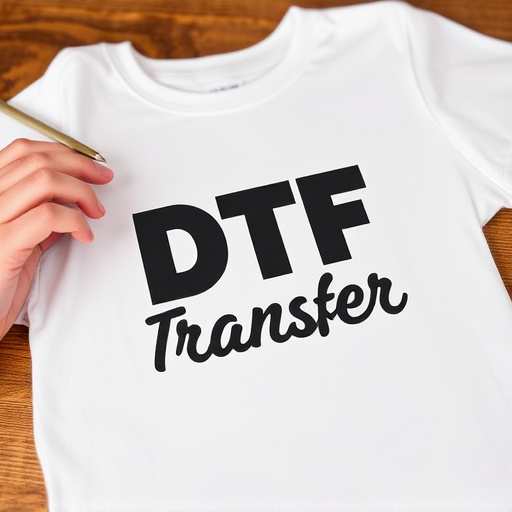
Using a binding agent for direct-to-film (DTF) transfers offers several advantages that significantly enhance the quality and longevity of DTF prints on fabrics. Firstly, it serves as a crucial layer that secures the film to the fabric during the transfer process, ensuring precise and sharp image reproduction. This is particularly beneficial for complex designs with intricate details, as it prevents smudging or misalignment, resulting in vibrant and detailed prints.
Moreover, a binding agent acts as a protective coat, shielding the printed fabric from fading, cracking, or peeling over time. It forms a robust bond between the film and fabric, enabling the ink to withstand various environmental factors and everyday use. This is especially important for applications like promotional merchandise, apparel, and decorative items where DTF prints are exposed to sunlight, washing, and frequent handling.
Choosing the Right Binding Agent for Optimal DTF Results

Selecting the perfect binding agent is a crucial step in achieving exceptional results with direct-to-film (DTF) transfers on fabrics. Different agents have varying properties, and understanding their characteristics is key to ensuring high-quality DTF prints. The ideal binding agent should possess excellent adhesion, compatibility with the fabric material, and the ability to withstand the rigors of printing and washing processes.
When choosing a binding agent for DTF applications, consider factors such as the fabric type (cotton, polyester, etc.), desired print longevity, and the specific requirements of your project. Water-based agents are popular for their eco-friendly nature and suitability for various fabrics, while solvent-based options offer superior durability and vibrancy in prints. Each has its advantages, so selecting the right one depends on balancing aesthetic goals with practical considerations, ultimately ensuring the DTF transfer process yields vibrant, long-lasting prints.
Application Techniques and Best Practices for DTF with Binding Agents

The application of binding agents in direct-to-film (DTF) transfers is a precise art that ensures the longevity and quality of DTF prints. Various techniques can be employed to secure the film to the fabric, each offering unique advantages for specific projects. One common method involves brush application, where a thin layer of binding agent is evenly distributed across the fabric surface before adhering the DTF film. This technique allows for precise control over coverage, ensuring no excess residue and a crisp finish. For larger-scale productions or when dealing with intricate designs, automated rollers or sprayers can be utilized to achieve consistent and efficient application.
Best practices dictate that the chosen binding agent should be suitable for the fabric type and DTF film used, offering optimal adhesion without causing discoloration or damage. Pre-treating fabrics with a mild cleaning solution can prepare the surface, improving agent penetration. Proper drying time is crucial; allowing the binding agent to set fully prevents smudging during subsequent printing processes. Additionally, maintaining a clean workspace and using clean tools is essential to avoid contamination, ensuring the integrity of each DTF print.
